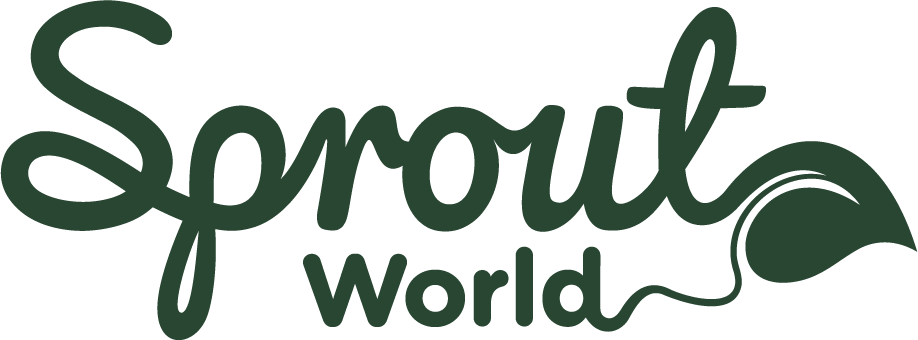
Is your pencil carbon positive?
Sprout’s pencils are carbon positive. In short, it means that when we make our pencils, carbon-wise, we take more out of the atmosphere than we create through production. Let’s take a look at what that is and how we achieve it.
What does carbon positive mean?
When businesses balance the amount of carbon they create by offsetting it, usually by planting trees or paying into programs that do that for them, they are carbon neutral. When they take more carbon dioxide out of the environment than they create, they are carbon positive.
You can say they are carbon positive – meaning they contribute in a positive way to the environment’s carbon dioxide emissions – or you could say they are carbon negative, because their production results in less carbon dioxide overall. Either way, the result is the same: it’s good for the planet.
Why is carbon dioxide bad?
Let’s have a quick refresher. Carbon dioxide is a key player in the Greenhouse Effect. Having excess CO2 in the atmosphere exacerbates this effect, creating a blanket of gases that trap the sun’s heat and energy in an atmospheric bubble. This warms the planet and the oceans, affecting life on earth and causing changes in weather patterns that affect climate change around the world.
How do you make a carbon positive pencil?
We carefully analyse the lifecycle of our pencils and monitor our production emissions with third party assurance throughout the whole value chain. From the very start, where a tree is chopped down in the Polish state forest, through to our production suppliers where the pencil is made, a few kilometers away in Poland, and our post-production facility where the seed capsule is added, we have undertaken life cycle analysis to calculate our emissions and how we can reduce them.
We give back to where we take from. In 2021, we bought a forest and have bought C02 units from it, meaning that until we have sold 426m pencils, will be carbon neutral. For reference, we sold 6m pencils in 2019, so that total is a long way away.
What happens when you plant a pencil?
When trees and plants are growing, they absorb carbon dioxide from the air which is fixed in the plant tissue. When you chop down a tree and build with it, it stores that C02; however, if you burn it, the C02 is released into the atmosphere and has a negative impact on the planet. As a lot of post-consumer waste is burned, it’s critical that we all consider the lifespan of our products and what happens after they have been used.
Our pencils have a second life as plants. After use, they don’t go into landfill or incinerators, because they can be put in a flowerpot or garden with some compost, and grow into plants. It’s even better if you can use the pencil shavings too. When used, up to 70% of the carbon dioxide is stored in the soil rather than released into the atmosphere. But if you throw it out, 100% is released into the atmosphere.
It’s the same story for every product, not just our pencils. So it’s important not just to use and plant our pencils, but to consider the life cycle of everything you buy and what will happen to it after use.
